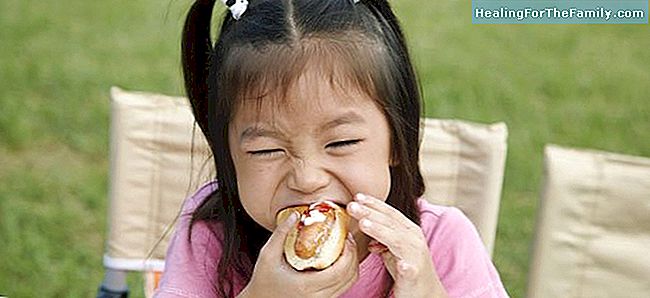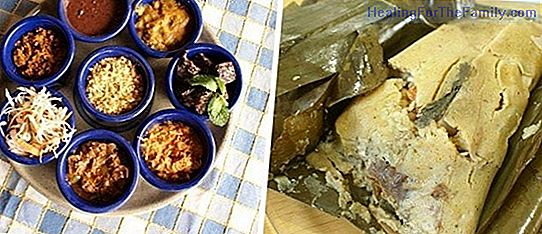Children's allergies to food
More and more children have allergies of all kinds, as well as food allergies. The reason for the increase in allergies among children is unknown, although many relate it to living habits and the deterioration of the environment. Be that as it may, we remain alert to alleviate the consequences of fo
More and more children have allergies of all kinds, as well as food allergies. The reason for the increase in allergies among children is unknown, although many relate it to living habits and the deterioration of the environment. Be that as it may, we remain alert to alleviate the consequences of food allergies in children.
The risk of food allergies starts from babies and the first that manifests is milk allergy when they start to consume cow's milk. The vast majority of food allergies disappear after a few years, but hay precautions must be taken so as not to endanger the health of the little ones. The most frequent food allergies in children
- Milk.

Milk protein allergy is the first allergy that can manifest itself even during the period of lactation. It is easy to detect by its symptoms of urticaria, erythema, vomiting or diarrhea and it is solved by eliminating dairy products from the baby's or child's diet. - Egg.
It is an allergy almost as frequent as that of milk and also of early onset, usually in the baby's transition from milk to solid foods. Symptoms can range from swelling of the mouth and eyes, to itchy throat, but also conjunctivitis, sneezing or shortness of breath. - Fruits.
Generally this allergy to fruits does not imply all kinds of fruits. The most frequent is the allergy to pink fruits such as cherries, strawberries, plums, nectarine, peach or apricot, but the child who suffers can eat the rest of the fruits normally. The symptoms of allergy to fruits are common to other food allergies and in this case it also usually remits over time. - Nuts.
With the allergy to nuts occurs as with the allergy to fruits, which does not have to be with all the nuts. Intolerance to peanuts is the most frequent and in addition to the usual symptoms of allergies, gastrointestinal problems are observed. You have to watch what nuts children eat because it is one of the most persistent allergies over time. - Fish and seafood.
Allergy to fish is also very common among children, especially when it begins to be included in their diet. In fact it is the third allergy food after eggs and milk and may remit by itself in a few years or last for a lifetime. The same can be said for shellfish allergy, although in this case, it is not considered a staple food and the problem is easier to overcome. - Gluten.
Gluten allergy deserves a special mention, which can greatly complicate children's diet. Gluten is a seed that is found in most cereals, basic in infant feeding . Luckily, the population is increasingly sensitive to this gluten allergy and manufacturers produce their food products suitable for celiac children allergic to gluten.Laura Vélez.
Editor of Guiainfantil.com












